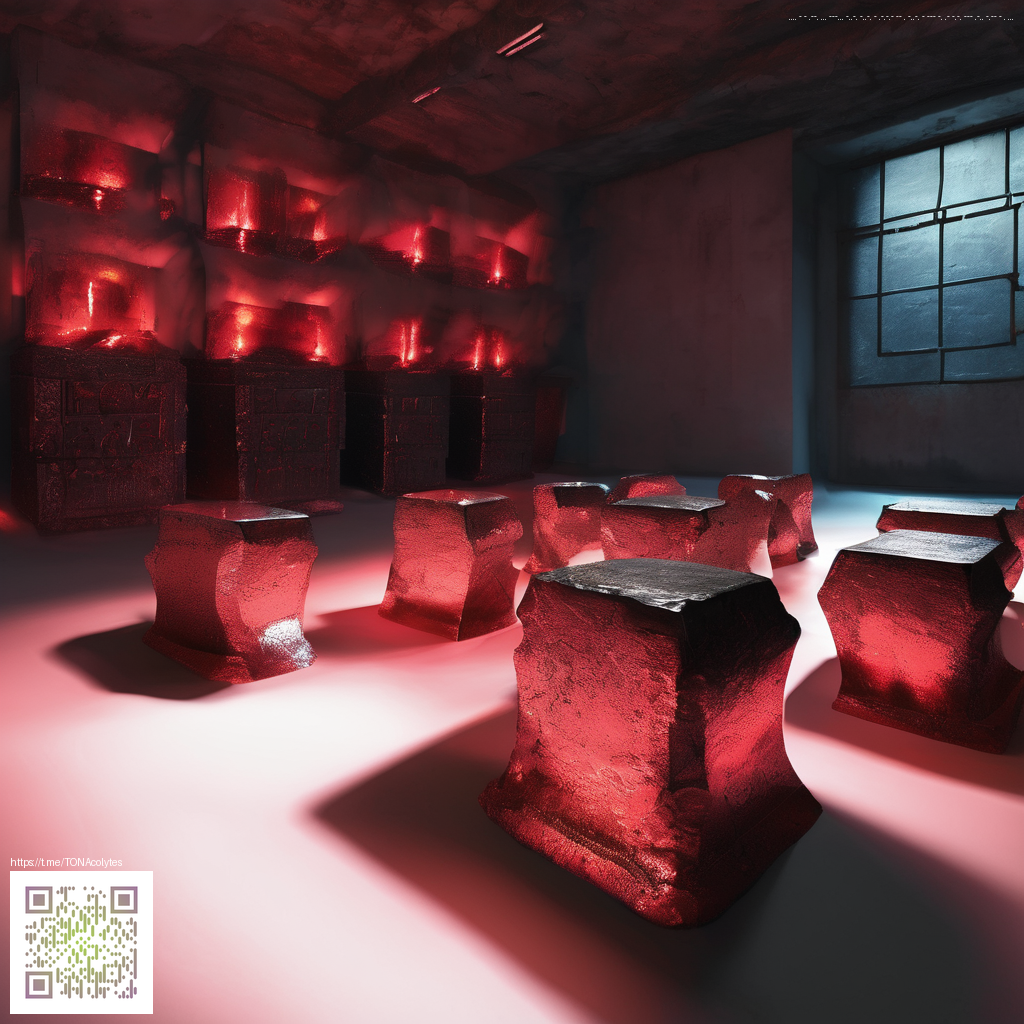
From Idea to Marketplace: Building and Selling Website UI Kits
If you’ve spent time shaping clean, scalable design systems, you’ve probably imagined turning that expertise into a repeatable product. A well-crafted website UI kit can be that scalable asset, letting other teams jumpstart interfaces with cohesive typography, color tokens, and reusable components. The payoff isn’t just financial; it’s the relief of offering a polished, consistently designed toolkit that saves developers and designers countless hours.
Why invest in a UI kit? Because good UI kits translate a designer’s vision into a practical, shareable language. When people buy or license your kit, they’re not just buying assets; they’re buying a methodology—how to apply your spacing scales, how to use your tokens, and how to extend your components without breaking the design system. That clarity is what turns a static set of files into a usable, enduring product.
Key elements that make a UI kit valuable
- Design tokens: color palette, typography scale, spacing units, and elevation rules that stay consistent across screens.
- Component library: buttons, forms, navs, cards, modals, and other building blocks with responsive states.
- Layout grids and spacing guidelines: a predictable rhythm that scales from mobile to desktop.
- Documentation: usage notes, accessibility considerations, and examples to accelerate adoption.
- Asset exports: SVGs, PNGs, and icon sets that developers can drop into projects without tweaking.
“A well-documented UI kit is a map for teams. It reduces guesswork and keeps products cohesive across platforms.”
In practice, you’ll want to present the kit as a cohesive package rather than a random collection of components. The documentation should show how to implement the kit, not just what to use. When people can see the logic—tokens, components, and rules in action—the value becomes obvious at a glance.
Designing with intention: a practical workflow
Start by defining your design tokens. Choose a color system with primary, secondary, and neutral tones that work across light and dark themes. Establish a type scale and a spacing rhythm that scales smoothly. Then build a modular component library, prioritizing accessibility with clear focus states and keyboard navigability. Finally, create a concise guide that demonstrates how to compose pages using your kit, including examples of responsive layouts.
As you craft your assets, consider real-world applications. For example, studying how a physical product is packaged and presented—like this MagSafe Card Holder Phone Case (Polycarbonate) on a product page can provide insights into photography, naming, and feature highlights that you translate into your UI kit’s demo pages. A practical kit often mirrors the clarity of well-shot product listings, where copy, visuals, and organization reinforce trust. See a real-world example of a product listing here: MagSafe Card Holder Phone Case (Polycarbonate).
Packaging, licensing, and putting a price on value
Your UI kit shouldn’t be a one-off download. Consider how you want to license it—per-seat, per-project, or with a broader commercial license. Including updates for a period (say, six or twelve months) can be a compelling upsell, along with documentation updates and optional support. When you price, think about the time saved for a typical design team and the premium for ongoing maintenance and compatibility with popular frameworks or design tools.
Clear packaging matters as much as the files themselves. A well-structured bundle—readme, tokens, components, and a small playground or live example—helps buyers envision immediate value. If you’re curious about how such clarity translates to a live page, you can explore related content here: https://sol-donate.zero-static.xyz/09892e6f.html.
Marketing your UI kit without sacrificing integrity
Marketing should highlight tangible benefits: faster prototyping, consistency across products, and the ability to scale design systems. Use real-world case studies, show before/after comparisons, and offer a starter pack to demonstrate the kit’s practical application. Visual previews, component state diagrams, and a clean, concise changelog build trust and demonstrate ongoing commitment. When you present your kit on a storefront or marketplace, pair the visuals with a simple licensing summary and a clear call to action.
As you publish, think about accessibility and adaptability. Your kit should be compatible with major UI frameworks and include accessible color contrasts, keyboard navigation cues, and responsive behavior. This attention to detail is often what sets a good UI kit apart from a great one.